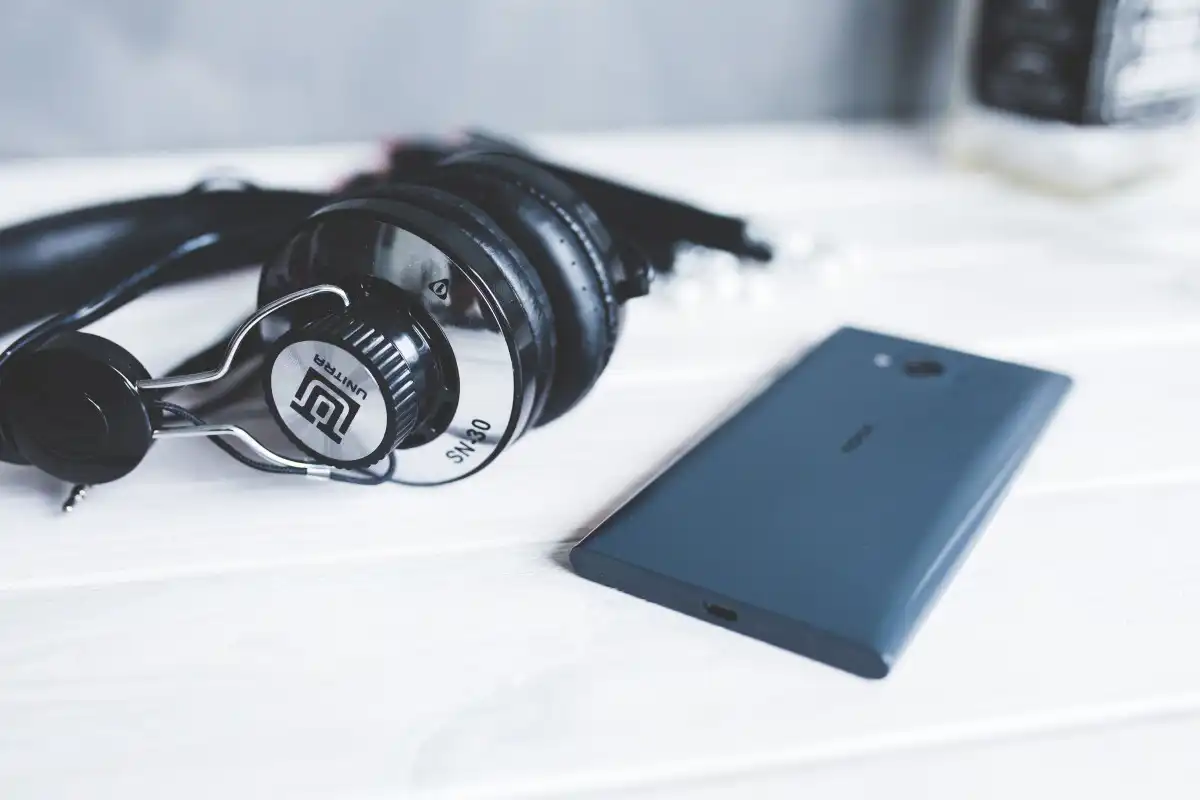The Importance of Authenticity
Adobe's artificial intelligence (AI) power enables the creation of fabricated images, with an uncanny resemblance to real photographs. Such powerful capabilities, while exciting, also present potential for misuse. Individuals or institutions with dubious intent can manipulate this technology to misinform or paint false narratives.
One such incident that brings this threat into sharp focus is the controversy surrounding certain images relating to the Israeli-Gaza conflict. These images, while appearing authentic, were crafted using Adobe's AI, fueling misinformation and biases.

For society today, where visuals often take precedence over written information, fabricated images can wield significant influence. They can subtly instill misconceptions or galvanize misplaced sentiments, making it vitally important to dissect this phenomenon.
Unmasking the disturbing implications of such use of AI, demands a deep-dive exploration into this murky world of AI-crafted images and their role in the spread of misinformation.
Adobe AI And Image Fabrication
The key instrument used to morph reality and fabricate these images is Adobe's new AI feature. With unprecedented ability to generate photo-realistic images of people, landscapes, objects, and situations, it creates a seamless illusion that's hard to debunk.
What's terrifying is how convincingly real these images appear. To the untrained eye, differentiating between a genuine picture and an AI-generated image can be an arduous, if not impossible, task.
The exacerbation of this problem is the fact that the technology is not under lock and key. It is commercially available, making it readily accessible to anyone with a laptop and a basic understanding of the software.
This potent combination of compelling realism and easy accessibility has often proven to be a recipe for creating havoc and misinformation.
The Israeli- Gaza Conflict And The AI Menace
International conflicts, given their profound and far-reaching implications, are often the hotbed for misinformation. The Israeli- Gaza conflict is no exception.
The emotionally charged atmosphere surrounding these conflicts renders them vulnerable to distorted narratives and false perceptions. This vulnerability is further exploited through AI-crafted images, complicating the understanding and perspectives on the issue.
A case in point is the fabricated images of 'Israeli bombings' and 'death and destruction' in Gaza, allegedly created with Adobe's AI. The images, far removed from reality, were essentially propaganda tools that leveraged the power of visuals to shape public opinion.
Thus, Adobe's AI perfectly served the purpose of those intending to agitate public sentiment and control the narrative around the conflict.
The Dangers Of AI-Fabricated Images
The primary risk associated with AI-crafted images is their potent capacity to spread misinformation. In a world increasingly reliant on visuals for conveying messages and eliciting responses, such false images can be perilously influential.
They can easily stir up public emotions, exacerbate political tensions, and even instigate violence. Furthermore, their ability to blur the line between fact and fiction can seriously damage credibility and create public mistrust.
Moreover, the fact that these images can be mass-produced and disseminated widely through social media and other digital platforms, makes them an even more formidable threat.
There is undoubtedly a dire need for effective measures to combat these technological Trojan horses, lest they destabilize societal order and harmony.
The Need For Verification Tools
To tackle the menace of AI-fabricated images, the development and widespread use of verification tools is crucial. In a landscape cluttered with manipulated visuals, these verification tools could serve as a beacon of truth.
These tools, effectively serving as 'digital detectives,' could scrutinize the nuances of an image to determine its authenticity. By analyzing the properties, patterns, and digital footprints of an image, they can detect anomalies that indicate manipulation.
While Adobe is making strides in this direction with initiatives like 'About Face,' a tool designed to determine if a face has been digitally altered, the real challenge lies in the constant evolution of AI capabilities that continuously raise the bar for detection.
The race between the sophistication of AI and the efficacy of verification tools is far from over and will likely shape the future of misinformation and authenticity in the digital realm.